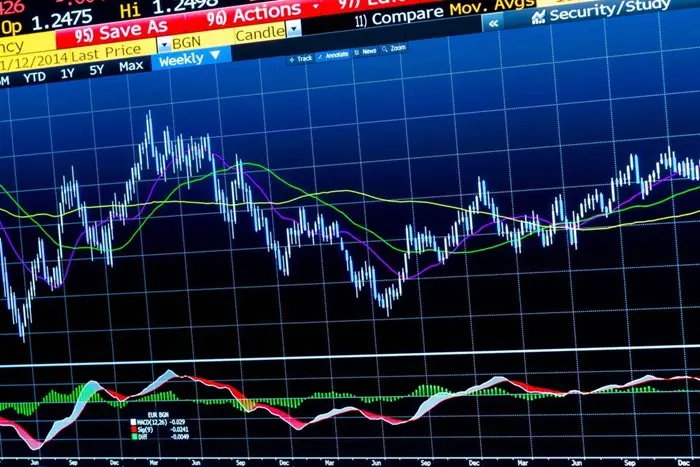Shares of Coinbase Global Inc. and other cryptocurrency-related firms have experienced a sharp decline this quarter, facing their worst performance since the collapse of FTX in late 2022. Coinbase saw a significant drop of 31% as investor concerns about the U.S. economy weighed heavily on digital assets.
The slump in Coinbase’s stock mirrored a broader downturn in crypto-linked stocks, with companies like Galaxy Digital Holdings Ltd., Riot Platforms Inc., and Core Scientific Inc. also suffering heavy losses. The cryptocurrency market itself has not fared better, with Bitcoin falling over 10% and Ether losing 45% of its value.
Economic Concerns Impacting Crypto Markets
The recent decline comes amid escalating fears about the U.S. economy, driven by concerns over a potential global trade war, especially as President Donald Trump’s policies have raised uncertainty about the world’s largest economy. These economic tensions have caused unease in financial markets, including the S&P 500 Index, which ended the quarter with its worst performance since 2022. Investors have increasingly pulled away from higher-risk assets, such as digital currencies.
Oppenheimer analyst Owen Lau stated that the downturn is not based on the fundamentals of the crypto market itself, but rather on macroeconomic factors such as trade wars and fears of an impending recession. “This is mainly driven by macro reasons…people are worried about a recession coming,” he said.
Increased Volatility in Crypto-Linked Stocks
Crypto-linked stocks are considered higher-risk and more volatile than the digital currencies themselves. Lau explained that these companies, including Coinbase, carry the additional risk of bankruptcy, which becomes more apparent when economic warning signs appear. As a result, these stocks are more likely to experience severe sell-offs during periods of economic uncertainty.
Coinbase, in particular, is affected by this volatility, as it generates revenue not only from Bitcoin but also from other tokens like Ether, which have suffered even steeper declines.
Gold Soars While Crypto Struggles
While cryptocurrencies face steep losses, traditional assets like gold have seen a resurgence. Gold’s quarterly return has been the best since 1986, reaching new highs. It has become a primary hedge against risk, while investors are increasingly losing confidence in other safe assets, like Treasuries, as per Chris Weston, head of research at Pepperstone.
In contrast, the outlook for crypto has shifted dramatically from the optimism at the beginning of the year. During the 2025 inauguration, Bitcoin surged to a record high of $109,000 in January. However, as Trump’s trade war took hold and his policies on crypto fell short of expectations, Bitcoin’s value began to decline. On Monday, Bitcoin was trading at $82,600, still higher than before the election but far from its peak.
Industry Faces Continued Challenges
The volatility has extended to shares of cryptocurrency industry players, many of which saw significant gains after Election Day. However, Coinbase and prominent crypto miners have now given up most of those gains. Michael Saylor’s Strategy, however, remains one of the few crypto-linked stocks that have managed to stay in the green since November 5.
Despite ongoing efforts to push for greater integration of the crypto industry with traditional finance, a market rebound has yet to materialize.
Looking for New Catalysts
Crypto analysts, like Connor Loewen of 3iQ, suggest that the market may need fresh catalysts to spark renewed investor interest. “What we saw a couple months ago, I don’t know how much crazier it can get than that. I think we’re going to have to be looking for new catalysts,” Loewen said, as the industry searches for new opportunities to regain momentum.





























